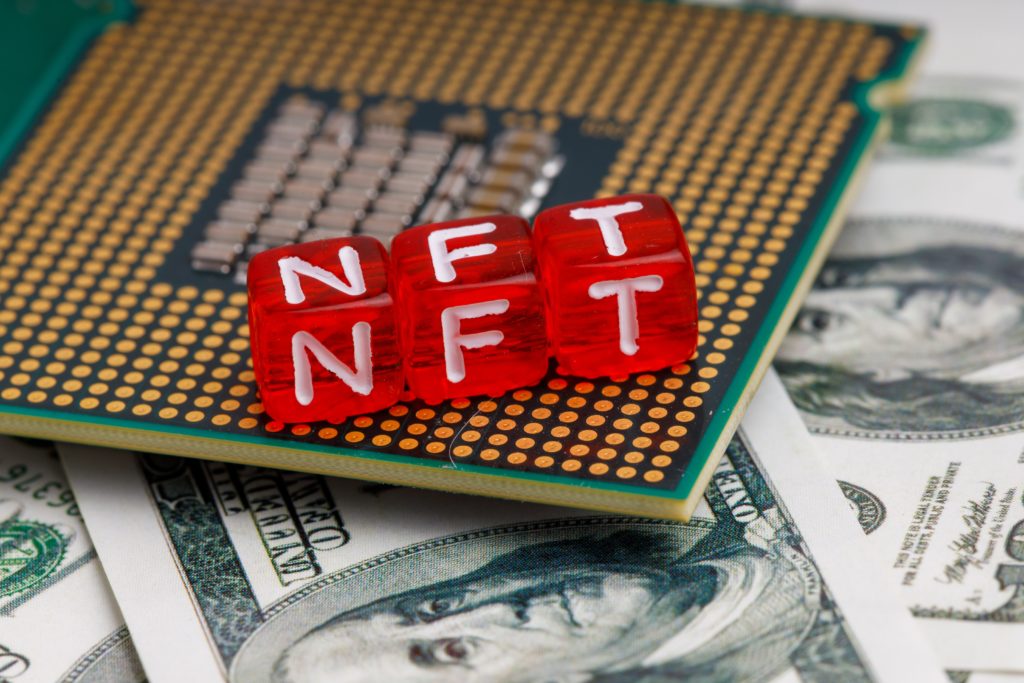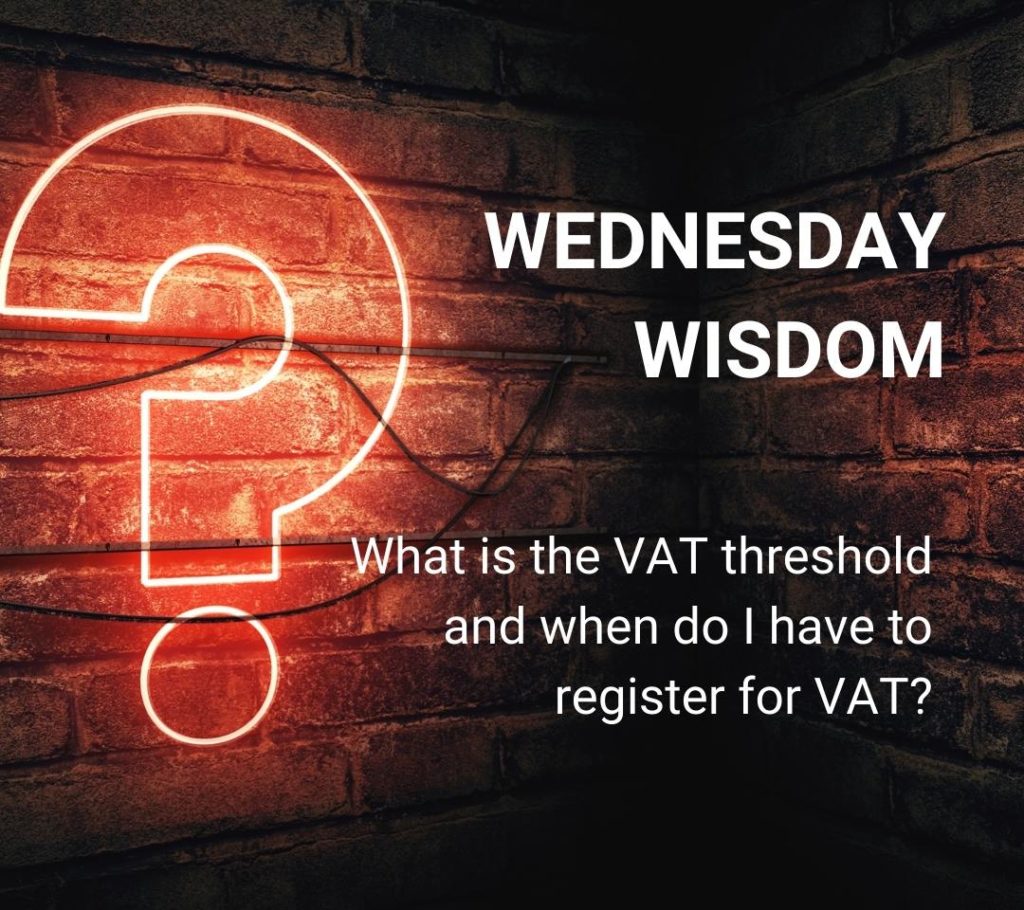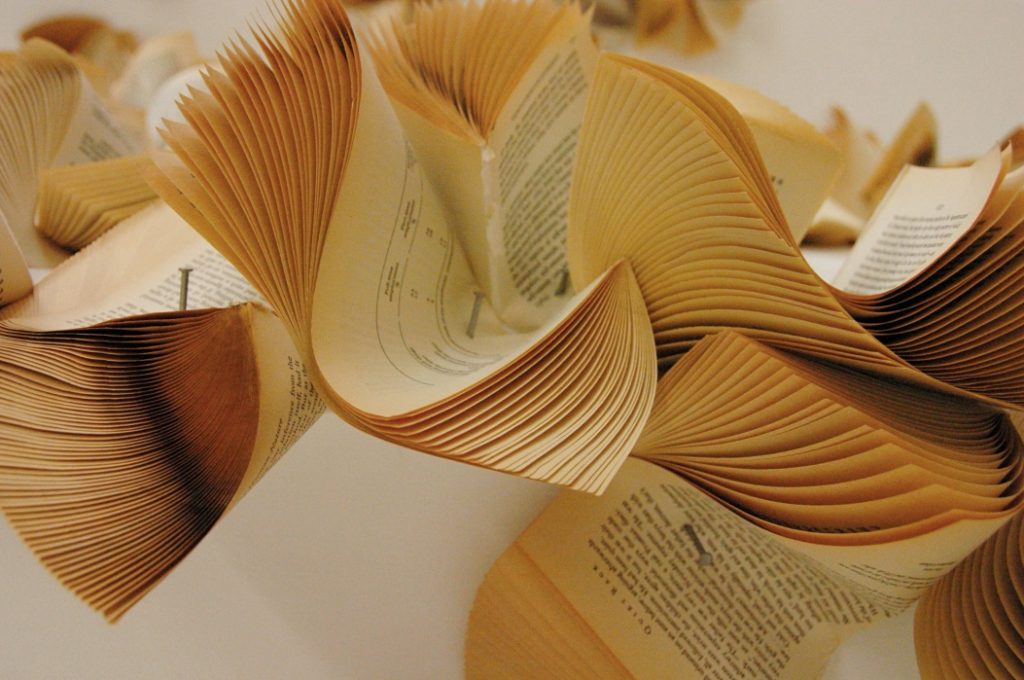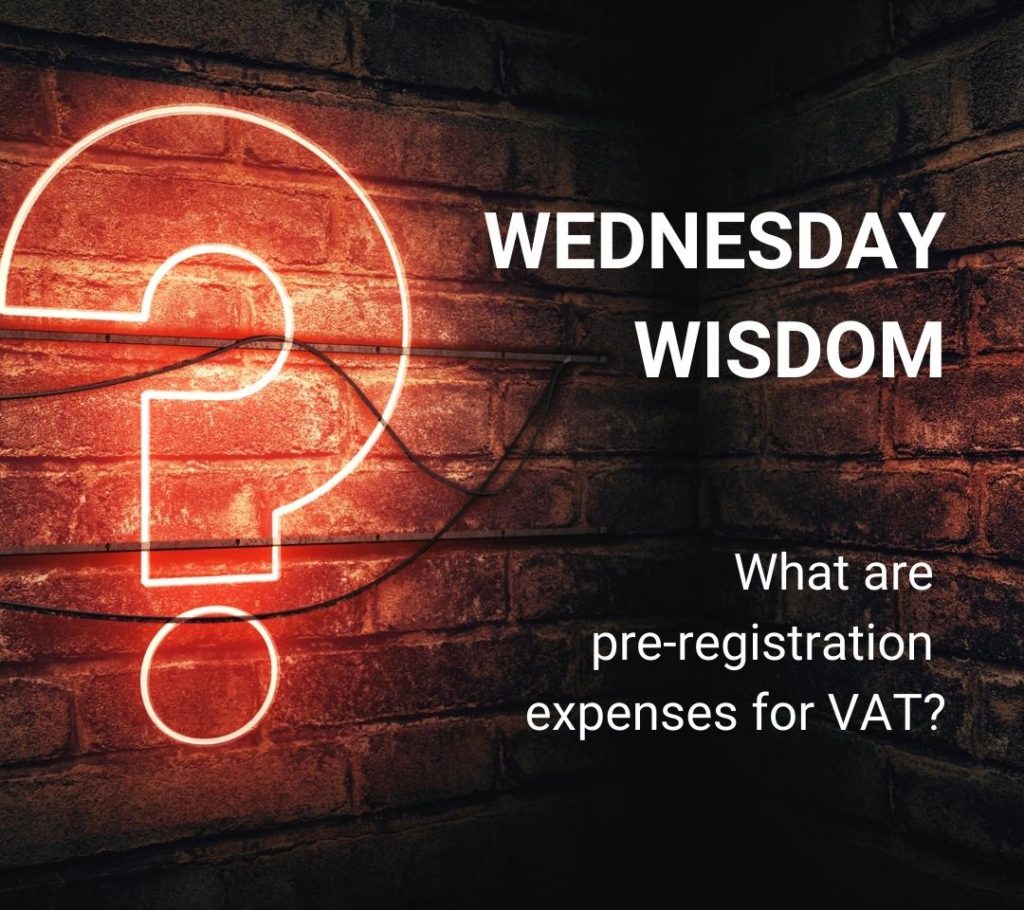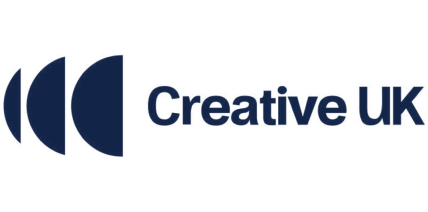The first part in a series of articles about NFTs, what they are, how to make them, how to sell them, and what possible impact will they have on the creative industries.
What is an NFT and why should you care?
Apart from being, quite frankly a very enjoyable word to say, fungible – or more precisely “non-fungible token” has become the buzzword of late and even the word of the year in 2021.
Fungible derives from the Latin “to perform” and has absolutely nothing to do with mushrooms. It means something that can be exchanged for something else of the same kind of value. “In economics, fungibility is the property of a good or a commodity whose individual units are essentially interchangeable and each of whose parts is indistinguishable from another part”. Wikipedia. Therefore non-fungible is something that cannot be exchanged nor interchanged.
NFTs are the latest manifestation of blockchain but have one distinctive difference – NFTs are unique digital assets (and sometimes physical IRL items) unlike cryptocurrencies which are interceptable and traded. NFTs are bought and sold online, mostly using crypto, and are generally encoded with the same underlying software as cryptocurrency. NFTs are mainly held in the Ethererum blockchain, although other blockchains also support them.
The NFT model is likely to attract entrepreneurs, technology enthusiasts and investors.
What the Fungible?
Say you have five £1 coins in your pocket, but you don’t want to carry the change. You decide to swap the coins for a fiver – you still have £5, just in a different format. NON-fungible is the opposite of that. It cannot be exchanged. An example of a non-fungible is the Mona Lisa. There can be many copies and prints of the famous painting, but they do not replace the ACTUAL original painting, nor do they hold the same value. An NFT is a bit like the signature of the artist that can be traced back to secure the owner, and therefore its value. In many cases, the tokens themselves simply point to the location of the file, whether it be a GIF, piece of artwork or audio clip.
A Non Fungible Token is a digital asset that represents a real-world object – from collectable sports cards to virtual real estate to digital trainers.
An NFT is created, or “minted” from digital objects that represent both tangible and intangible items, including art, gifs, videos and sports highlights, collectables, virtual avatars and video game skins, music and more.
Something that is unique and scarce is non-fungible
Who is “buying” NFTs and why?
A bit like a digital certificate of authenticity – or one of a kind – NFTs are giving fans and collectors more ways to engage with the content they love. Recent survey data and Google trends indicate that a young, tech-savvy audience with disposable income dominates the NFT buyer market.
“Big fashion brands like Balenciaga and RTFKT have been ahead of the curve in exploring NFTs with virtual clothing drops and a move to accepting crypto as a currency,” explains Alex Econs, founder of London t-shirt printing company ICON Printing. “As the demand for NFTs grows, we should expect to see more adoption of NFTs within the luxury fashion and designer clothing sector. The paradigm shift is occurring quickly and 2022 will be the year when it begins to snowball. Expect to see digital-only clothing going at prices similar to limited-edition sneakers and hats in the near future.”
Although NFTs have been around since 2014, they are becoming more and more popular, particularly in the realms of digital art. Reportedly a staggering £123million has been spent on NFTs since November 2017. Because the NFT has built-in authentication, which serves as proof of ownership, these “digital bragging rights” are often more valuable to the owner than the token itself.
NFTs and Creative Industries
NFTs are a growing area for the creative industries and an opportunity for artists and creatives of all kinds to present their work on a digital platform. There are opportunities outside of the obvious digital art. Poetry in particular has been given a new lease of life.
“NFTs are a mirror of how we think about art in the age of digital reproduction.“
In our next article, we look at how different sectors of the creative industries are embracing NFTs and what they are doing with them.
Image credits:Photo by Andrey Metelev on Unsplash
